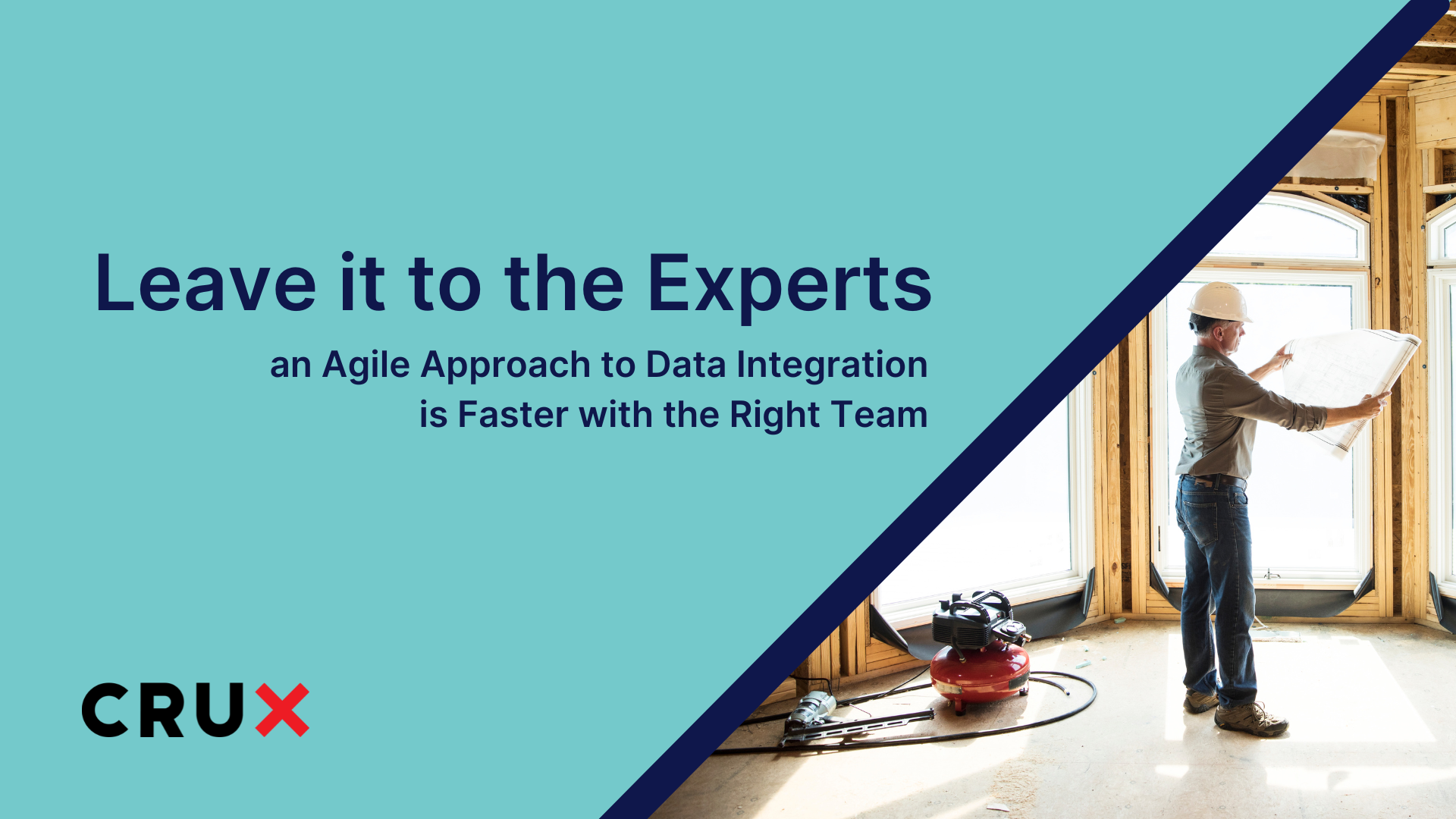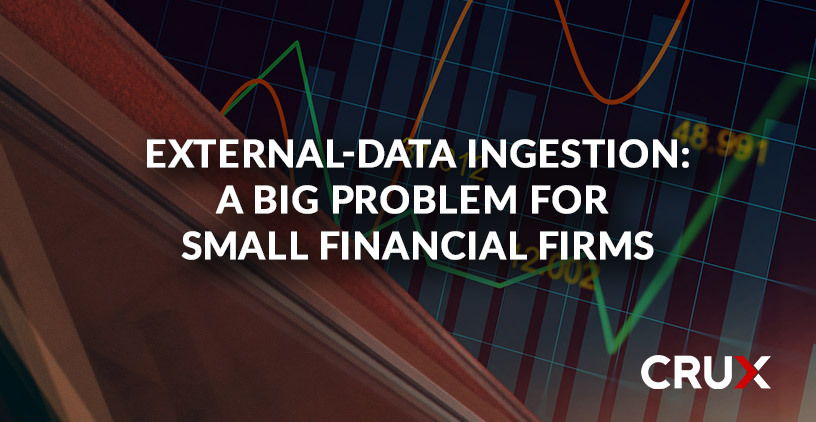What Cloud Marketplaces Do and Don’t Do
Not long ago, we observed here in our blog that the critical insights that drive business value come from data that is both (1) fast and (2) reliable.
3 min read
![]() Patrick Ball
Dec 29, 2022
Patrick Ball
Dec 29, 2022

Surgery is complex enough that you would leave it to an expert–the complexities of external data are worthy of the same treatment.
About ten years ago, there was a big data boom in the industry–internal data. New tools and processes began cropping up seemingly overnight to fill the vacuum in the market created by this new resource. Demand for better access to internal data was taking the world by storm–and external data took a back seat. From there, cloud warehouses began entering the scene, and Snowflake, Databricks, AWS S3, and Google Big Query were key players entering the internal data marketplace. Yet none of these powerhouses were built with external data in mind at the time.
For many businesses, especially those new to data infrastructure, the goal was to get as much information as possible into your company’s data lake. Whether it was internal or from your customers didn’t matter as much, as volume was the key indicator of success–not value.
This resulted in a fragmented market where external data did not get as much attention. The benefits of external data are no longer ignorable, and their outcomes have become a vital piece of modern business strategy. But external data is mostly unusable as delivered, making the shift from data volume to data value a special kind of hard.
The booms in internal data and the demand for external data didn’t happen sequentially. Internal data is still a viable market, and shifts in the norm keep pushing the goal line further away. Demand for external data is growing simultaneously, and companies are left with two metaphorical mouths to feed with no food on the table when they try to tackle both problems in-house.
Because of this increased demand for all data, experts frequently recommend starting with internal data, reasoning that a strong foundation paves the way for additional quality work. This is based on the assumption that all data integration will be done in-house. CIO logically compares platform and software adoption to building a house; nothing can stand for long without a solid foundation.
That made sense at first. But now that demand for external data integration is met by Crux, the only vendor on the market capable of managing your external data processes both piecemeal for specific challenges and holistically from end-to-end. As the demand and benefits of external data integration continue to grow exponentially, it makes more sense to work in parallel and achieve solid outcomes sooner rather than working sequentially and in-house only. For the developers, it’s like shifting from a waterfall to an agile development method.
Internal and external data are two sides of the same data coin, but they each come with unique challenges. The hurdles for external data are exceedingly complex. Most of these problems can be traced back to the lack of standardization in external data–put bluntly, you never know what you’re going to get (and sometimes you won’t even get anything and have to prepare for that, too). It creates a workload that takes longer to process, resulting in human error going unnoticed until it’s a bigger problem, data engineers being asked to do work outside their job description regularly, and an infinite backlog of new datasets to onboard.
Additionally, leaving external data integration to the experts can reduce data silos, promote better security protocols, expand data accessibility, and prevent subjective experiences from creating gaps in the processes. Let's revisit the metaphor of building a house. You're building two structures instead of building a foundation with internal data and an addition for external data on the same house. It’s more accurate to compare building the external data “house” on the edge of a cliff–something you would definitely call in experts to do, but the cost is worth it for the view.
So the next time you hear someone stating that internal data needs to be in order before an organization can focus on external data demand, don’t accept it as the truth. In today’s market, end-to-end solutions for both options will get you results faster and can work in parallel instead of against each other. Because at the end of the day, more data leads to more insights, and insights provide a competitive advantage–and who doesn’t want that?

Patrick Ball is the Chief Revenue Officer at Crux. He is a highly motivated software sales management executive with the proven ability to recruit, develop and manage sales teams. Patrick has experience managing complex sales teams in both Fortune 500 and enterprise markets. He's experienced in both direct and channel sales models and has demonstrated sales success in enterprise IT management software, business application software, SaaS, and Open Source.

Not long ago, we observed here in our blog that the critical insights that drive business value come from data that is both (1) fast and (2) reliable.

This past year has been exciting, representing the dawning of a new age for artificial intelligence (AI) and machine learning (ML)—with large...

How do you get white-glove customer service from a major data supplier?